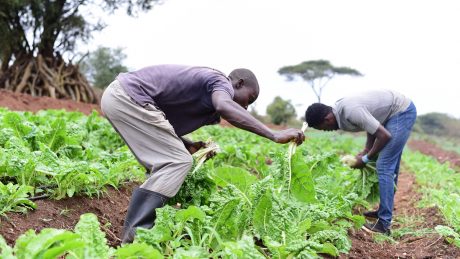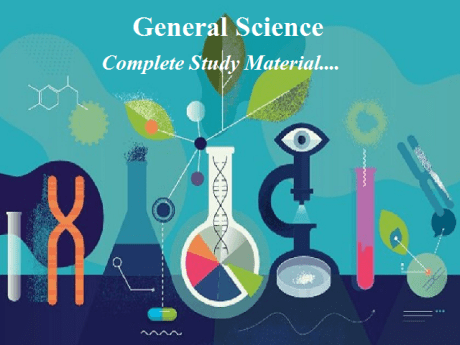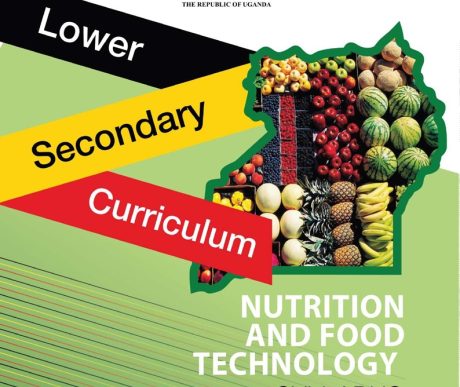23
This is a product of the reform of the Lower Secondary School Curriculum in Uganda. Where as the old curriculum …
This is a product of the reform of the Lower Secondary School Curriculum in Uganda. Where as the old curriculum aimed at acquiring knowledge, the main idea now is not only to acquire knowledge but also to develop skills, values and competencies.
Competences include: the ability to think critically for yourself, be able to communicate with others and explain what you have learnt, be creative, and develop your own ideas. Learning Biology will help you to: apply and use the principles of the scientific method/process and the application of experimental techniques to solve specific problems. It will also help you to be able to write, communicate and report on biological concepts, and to apply them in other fields of science to accomplish day to day tasks. Hence to successfully address challenges facing society.
This course has a variety of activities for you to do. These activities present to you the opportunity to learn and discover things on your own. Some of the activities, therefore, require you to think about the facts and ideas you already know basing on your experiences in life and with in your own community. In using this book, therefore, it is essential that you do all the activities because they are the most important part of this course.
Most of the work in this course will require you to work with others in groups. This will help you to share ideas, learn and achieve together. Some activities will require you to do research in the library, the Internet or other sources such as newspapers and magazines.
Access content in the curriculum below. You can also ask your AI teacher of Biology below on Biology Senior Four related matters.
Course Currilcum
- Chapter 1: Asexual Reproduction in Plants (Vegetative Reproduction) Details FREE 1 year
- In this chapter you will explore the different ways of how individual plants manage to reproduce themselves asexually and how humans use the knowledge of asexual reproduction in plants to propagate plants artificially.
- Sample Activity of Integration of Asexual Reproduction in Plants 10, 00:00
- Chapter 2: Sexual Reproduction in Plants Details FREE 1 year
- In this chapter, you are going to discover how the seeds that are used in sexual reproduction come about. you are going to carry out activities in which you will examine the special organs of a plant that are involved in sexual reproduction and how they eventually form seeds that contain the embryos that later give rise to other plants.
- Sample Activity of Integration of Sexual Reproduction in Plants 10, 00:00
- Chapter 3: Sexual Reproduction in Humans Details FREE 1 year
- From the previous chapter you defined the term sexual reproduction. You already know so much about sexual reproduction in humans Sexual reproduction involves two parents with specialised reproductive systems. It results in the production of new individuals. Sexual reproduction involves the fusion of two nuclei from the gametes of different parents i.e. male and female.
- Sample Activity of Integration of Sexual Reproduction in Humans 10, 00:00
- Chapter 4: Inheritance Details FREE 1 year
- Sample Activity of Integration for Inheritance 10, 00:00
- Chapter 5: Variation and Selection Details FREE 1 year
- In this chapter, you will be introduced to the process of variation among members of a specie. If you look around in your class, you will notice that your classmates are all different from you and from other members yet they all belong to the same species.
- Sample Activity of Integration for Variation and Selection 10, 00:00
- Chapter 6: Concept of Ecology Details FREE 1 year
- In this chapter you are going to explore the concept of ecology in order to understand the different communities, habitats and ecosystems around you. You must have realised that in order to survive, some organisms depend on their surroundings for their life necessities like food, shelter and protection.
- Sample Activity of Concept of Ecology 10, 00:00
- Chapter 7: Food Chains and Food Webs Details FREE 1 year
- In this chapter, you will be able to understand feeding relationships in an ecosystem using food chains, webs and pyramids. You will also appreciate the organisms and processes involved in the carbon cycle and its role in maintaining the carbon balance in the atmosphere.
- Sample Activity of Food Chains and Food WebsSample Activity of 10, 00:00
- Chapter 8: Associations in Biological Communities Details FREE 1 year
- Sample Activity of Associations in Biological Communities 10, 00:00
- Chapter 9: Humans and the Natural Environment Details FREE 1 year
- In the previous chapter, you learnt that organisms interrelate in different ways with one another including man. You already know that Uganda is called the Pearl of Africa because of its position in the heart of Africa and its environment with many natural resources. You have also heard of the United Nations Organisation, a body that brings together all nations for peace and posterity.
- Sample Activity of Humans and the Natural Environment 10, 00:00








